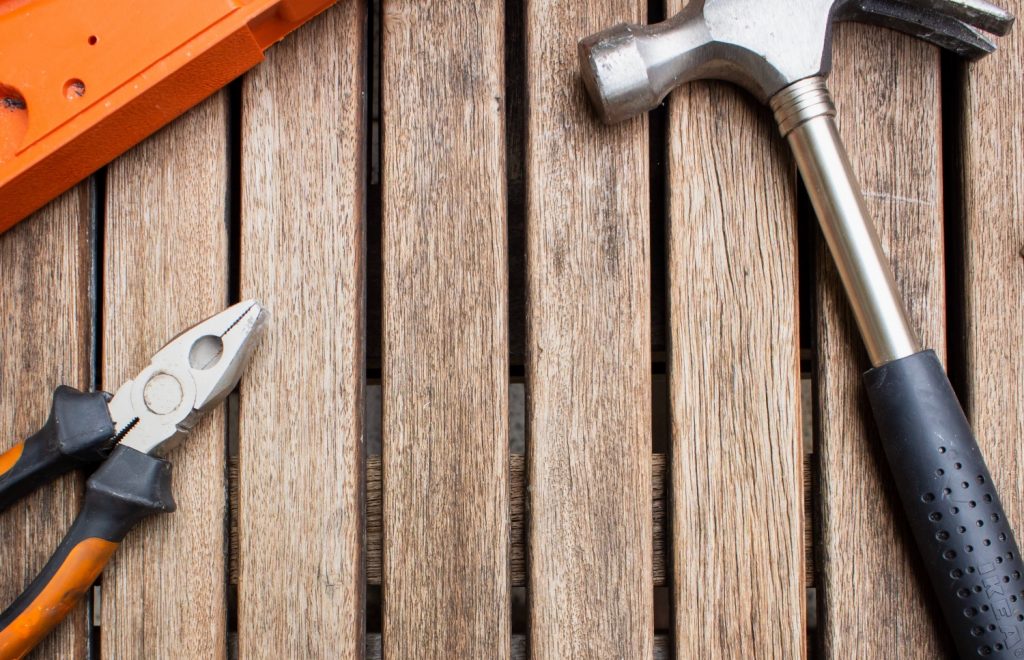There is something known as the Golden Rule of organizing. It is the absolute foundation for establishing and maintaining an organized and efficient household. Here it is. Drumroll please……
A place for everything and everything in its place.
It’s a simple concept, right? Kids can do it! Everyone can! Simple doesn’t necessarily mean easy, in practice. But it is undoubtedly uncomplicated. Let’s dive into it. Why, out of all things, is this the golden rule of organizing? Well, if it was followed, think of how your household would look, feel, and how you would function within it.
1. You would know where to find things (save TIME)
2. You would not purchase duplicates (save MONEY)
3. You would have a decluttered environment (save SANITY;))
The benefits go on. We all value our time, money and sanity, right?! We like to be able to find things! No-one WANTS to overbuy! Right? We all have challenging areas of the home and we own random things that we just don’t know where to keep. I’m no different. We often just put up with it. But, if we want to make progress in this area (it will be worth it), instead of focusing on the reasons why the golden rule can be tough, let’s instead focus on how to make it a reality. Because it absolutely can be.
1. Develop Awareness
Become aware of what does not currently have a home. We get accustomed to the status quo, and, at some point, don’t even notice the floating items because we’ve developed habits of dealing with them. When asked where the hammer is we reply “Check the garage. Or the basement. Or that bin of stuff in the hall closet”.
2. Make Decisions



Take each “homeless” item one by one, and decide where it should live. If you have 4 hammers, collect all 4, determine which ones you will keep, then decide where it/they should call home. Are there ever instances where it’s ok to have more than one place to keep something? Yes. I do think it’s convenient to have a hammer in the garage and one in a basement storage room, for example. Just beware of letting it become a slippery slope.
In deciding where something should live, consider where you use the item, where you have storage space, and don’t be afraid to think differently. It’s logical to keep a hairbrush in the bathroom. But, if you like to do your child’s hair before they walk out the door, it might make sense for you to keep a brush and other hair supplies in a little container by the door. Make it convenient and realistic for your lifestyle.
3. Containerize
Containing like items is an important step that accomplishes a few things: 1. It keeps the amount we own from getting out of control. If batteries are kept in a shoe box sized container, and that’s sufficient for the common types of batteries that you use, then that’s the space you’re allocating to batteries. Resist the urge to purchase more until that supply has diminished. 2. It gives you a visual cue when something is running low. If you peek in the paper towel container to see that there’s only one left, that’s your trigger to add it to your grocery list. 3. A container gives you something to label. See next step;).
4. Label



This is so so important. It might seem obvious to you what is inside a container, but labeling it helps everyone be on the same page. There’s no question what’s inside when the container is labeled.
4. Communicate
You get more buy-in from everyone in your household when you involve them in the process. Kids love to use the label maker, or a chalk pen to write on a chalkboard label. They don’t have the best handwriting? That’s ok! If it will be displayed in an area of the home that you can live with a less than perfect label execution, roll with it! Once the system is established, make sure everyone in the home is aware of where things belong and the expectation to put things away when they are finished using them. Not a week later…that’s how clutter develops!
5. Maintain



For everything new that comes into your home, decide right away where it will live. It’s also a good opportunity to reinforce the expectation to put things away. If this sounds unreasonable with kids, I hear you. But it is possible. They may push back. They may not want to pick up. But, somehow, school aged kiddos are able to do this at school. They can do it at home, too! If the idea of enforcing this is still making your head spin, try: a positive approach (make a game of it), start small, set an example, be consistent, follow through, and celebrate progress! They’ll get there!! As always, the goal is progress, not perfection!

